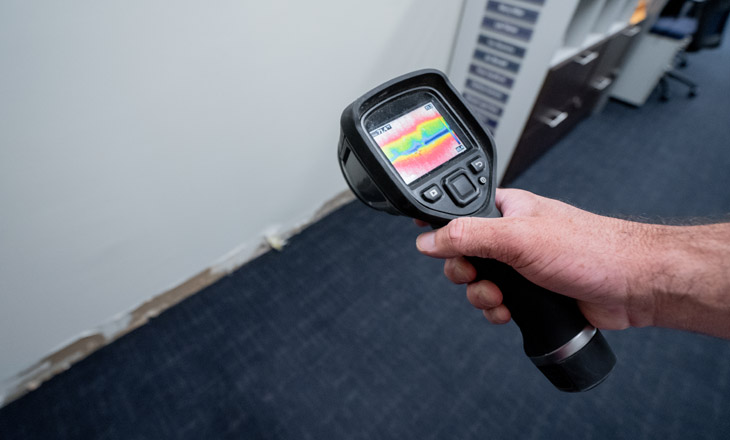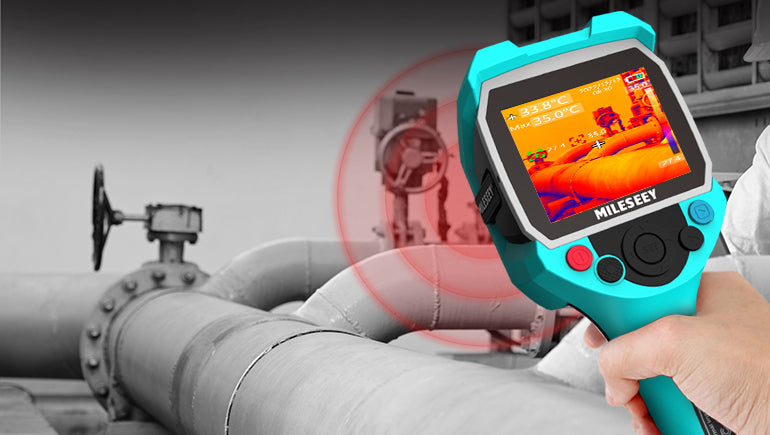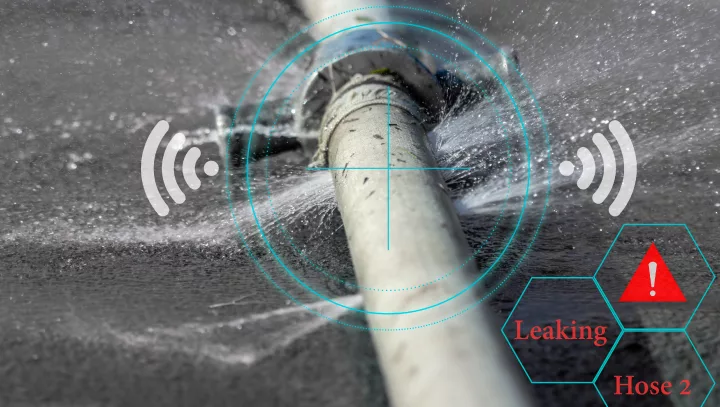Prevent Major Concerns with Very Early Water Leak Detection and Prompt Services
Prevent Major Concerns with Very Early Water Leak Detection and Prompt Services
Blog Article
Cutting-edge Solutions for Early Discovery of Water Leaks in Structures and Framework
From innovative leak detection technologies to the implementation of IoT sensing units for real-time surveillance, the landscape of leak prevention is evolving swiftly. Automated water flow analysis systems are reshaping just how leakages are recognized and addressed, leading the means for a proactive strategy to water leakage detection.
Advanced Leakage Discovery Technologies
Advanced leak discovery innovations, geared up with sophisticated sensors and algorithms, play a vital role in promptly identifying and determining water leaks in different settings. Electro-magnetic sensing units can identify adjustments in electro-magnetic areas triggered by water, using yet another layer of leakage detection capacity.

IoT Sensors for Real-Time Monitoring
In the world of contemporary water leak detection, the assimilation of IoT sensing units for real-time tracking represents a critical development in enhancing proactive leakage detection capabilities. These sensing units supply constant monitoring of water supply, supplying real-time information on water flow rates, stress variations, and temperature level modifications. By leveraging IoT innovation, these sensors can identify also the tiniest anomalies in water usage patterns, enabling early recognition of prospective leaks prior to they escalate right into significant concerns.
IoT sensors send information to a centralized system, where sophisticated algorithms evaluate the details and create informs or alerts when abnormalities are spotted. This real-time surveillance capability enables homeowner or facility managers to immediately address leaks, minimizing water damage, reducing repair service expenses, and conserving water sources.
Additionally, IoT sensing units can be integrated with building management systems, allowing for automated feedbacks to detected leakages, such as turning off water valves or triggering pumps to minimize the effect of leakages. Overall, the application of IoT sensors for real-time surveillance considerably improves the efficiency and effectiveness of water leakage detection in buildings and framework.
Artificial Intelligence Algorithms for Leak Forecast

One secret advantage of making use of machine learning for leak prediction is its capability to continually discover and boost its accuracy in time. As even more information is gathered and fed into the algorithm, it can fine-tune its predictions and adapt to changing problems, inevitably increasing the integrity of leakage detection systems.
Additionally, equipment knowing algorithms can help in recognizing refined indicators of leakages that might go undetected by traditional surveillance approaches. water leak detection. By Look At This analyzing complicated information embed in real-time, these formulas can offer early cautions and notifies, permitting timely treatment and precautionary upkeep to reduce potential water damages and connected prices
Making Use Of Thermal Imaging for Leak Detection
Thermal imaging modern technology uses a promising approach for finding water leakages in numerous systems and frameworks. By using infrared radiation and temperature variations, thermal imaging electronic cameras can determine surprise leakages that are not quickly visible to the nude eye. When water leaves from pipes or frameworks, it frequently transforms the temperature this page level of the surrounding location, producing temperature differentials that thermal video cameras can catch. These temperature level irregularities are then equated right into visible pictures, highlighting the specific location of the leak.
One of the key benefits of thermal imaging for leakage detection is its non-intrusive nature. Overall, the use of thermal imaging technology boosts the effectiveness and accuracy of water leak discovery, making it a beneficial tool for keeping the honesty of buildings and infrastructures.
Automated Water Flow Analysis Solutions
Exactly how can computerized water circulation analysis systems change the detection and management of leaks in various systems and facilities? Automated water circulation evaluation systems offer a positive method to leak discovery by constantly monitoring water circulation rates and patterns. By establishing standard information, these systems can quickly identify variances that might indicate a leakage, allowing punctual intervention to stop substantial damages.
These systems make use of advanced algorithms to analyze real-time data and give prompt signals when abnormalities are spotted, allowing for quick action to be taken. In addition, automated water flow analysis systems can navigate to this site be incorporated with building administration systems or IoT platforms, boosting total efficiency and enabling remote monitoring capabilities.
In addition, the information accumulated by these systems can be utilized for predictive maintenance functions, assisting to recognize possible weak points in the facilities prior to leaks happen. In general, the application of automated water circulation analysis systems can dramatically boost leakage discovery and administration techniques, ultimately leading to set you back savings, minimized water waste, and enhanced sustainability in buildings and infrastructure.

Final Thought
In conclusion, the assimilation of sophisticated leak detection modern technologies, IoT sensing units, equipment discovering formulas, thermal imaging, and automated water circulation evaluation systems provides innovative solutions for early detection of water leaks in structures and infrastructure. These modern technologies make it possible for real-time monitoring, forecast of leaks, and reliable discovery techniques to stop water damage and wastage. Carrying out these options can help in preserving the integrity and sustainability of water supply in numerous settings.
Report this page